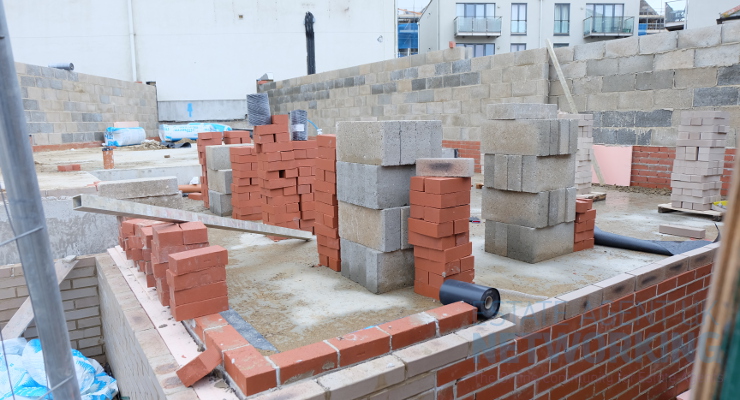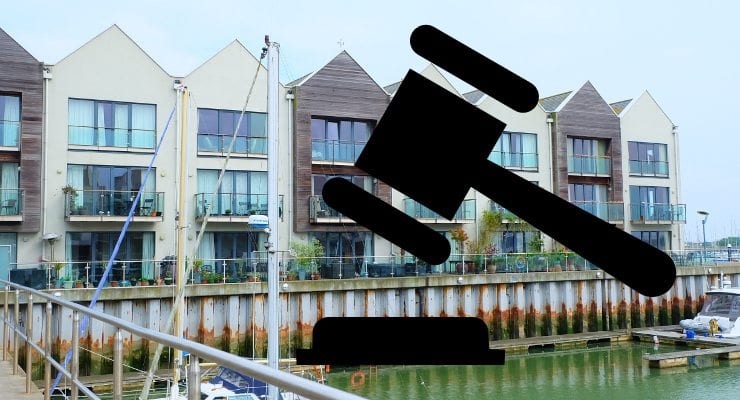Size Matters in Planning
“In order to build 1.5 million new homes and save our SME builders, we need a planning system that is fit for purpose, prioritises placemaking, and enables builders of all sizes.
Our proposal for five different site sizes based on development impact would end the arbitrary, problematic two site size approach and aligns with what is already going on in local planning, while ensuring the Government’s planning reforms can deliver growth and good planning outcomes.”
In 2018, the HBA was successful in inserting a paragraph into the National Planning Policy Framework (NPPF) to support small and medium-size sites. However, with the then Conservative government focusing on tweaks rather than reforms, the HBA scaled back it’s ask to a ‘Medium’ sized site of between 10 and 50 homes. Although this was never taken up by the Conservative government, the term ‘medium’ was added to the NPPF, alongside a site size of ‘up to one hectare.’
NPPF reforms did not achieve their intended ambition. Data shows an increasing reliance on large site allocations, while non-allocated ‘windfall’ sites, typically under one hundred homes, are not given as great planning focus, however they can make up more than 50% of new local supply.
To address this, the NFB and HBA are calling for the following site sizes to be included in planning policy:
- Minor: 1 to 9 homes
- Medium: 10 to 49 homes
- Large: 50 to 100 homes
- Major: 101 to 249
- Strategic: 250+
Rico Wojtulewicz, Head of Policy and Market Insight for the NFB, said:
“Smaller sites of 1 to 10 homes support projects best targeting local demand. Sites of 10 to 50 are focused on organic growth.
Sites of fifty to one hundred support almost all SMEs and do not greatly impact existing infrastructure. Meanwhile sites of 100 to 249 and 250+, whether urban or rural, create a threshold which ensures planners can strategically build out their communities or boundaries.
Different site sizes also allow planning reform to avoid unintended consequences, such as making planning more expensive for SMEs, creating more burdens for non-allocated sites, or to target support, for example streamlining planning for sites creating the lowest levels of local impact.
Although redefining site size is not a silver bullet to fix planning, it ensures that from the outset the system and reforms are set up to succeed, so we can achieve a planning system that supports better placemaking and recognises the value of all builders, whether micro, small or large.”









